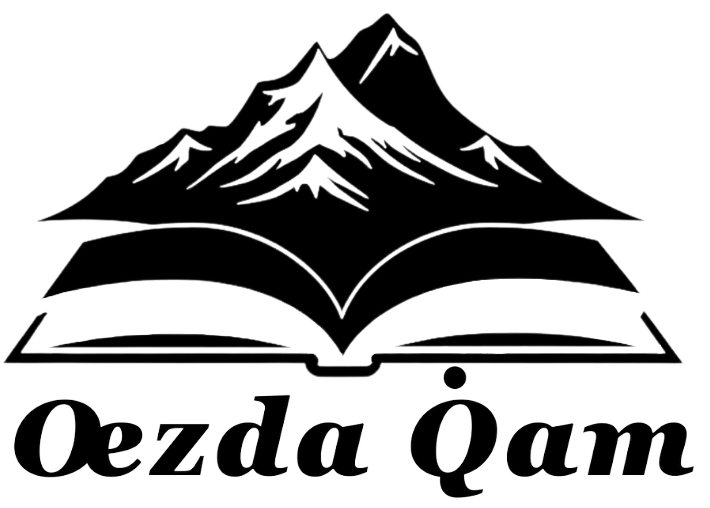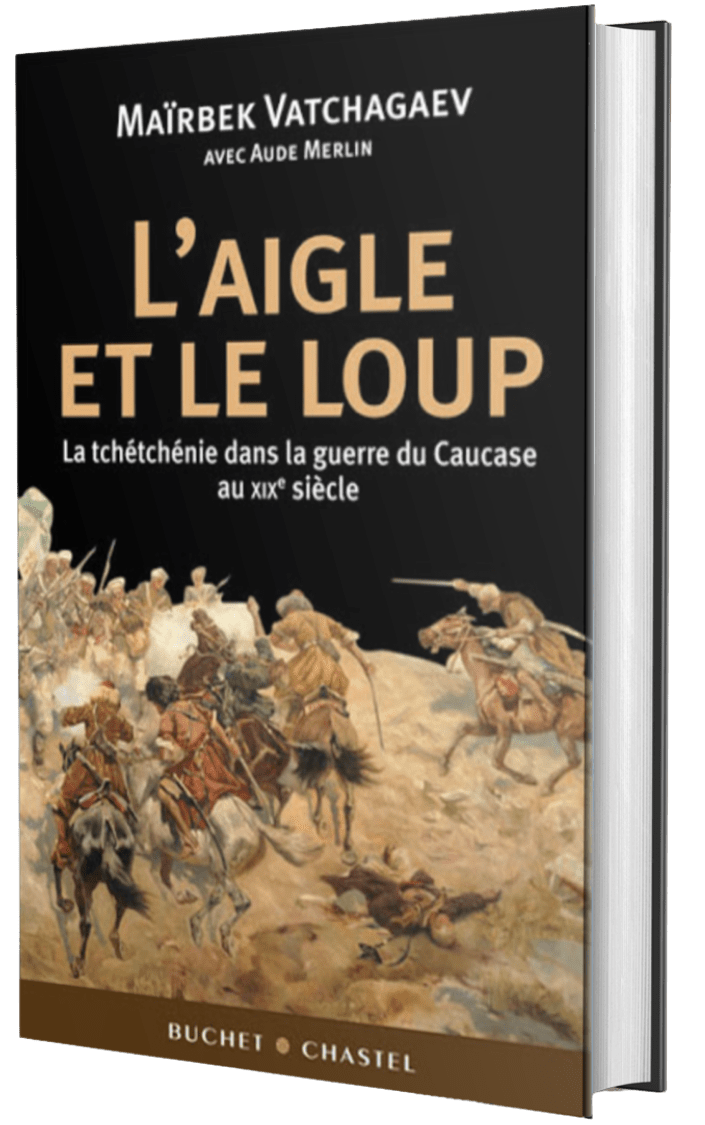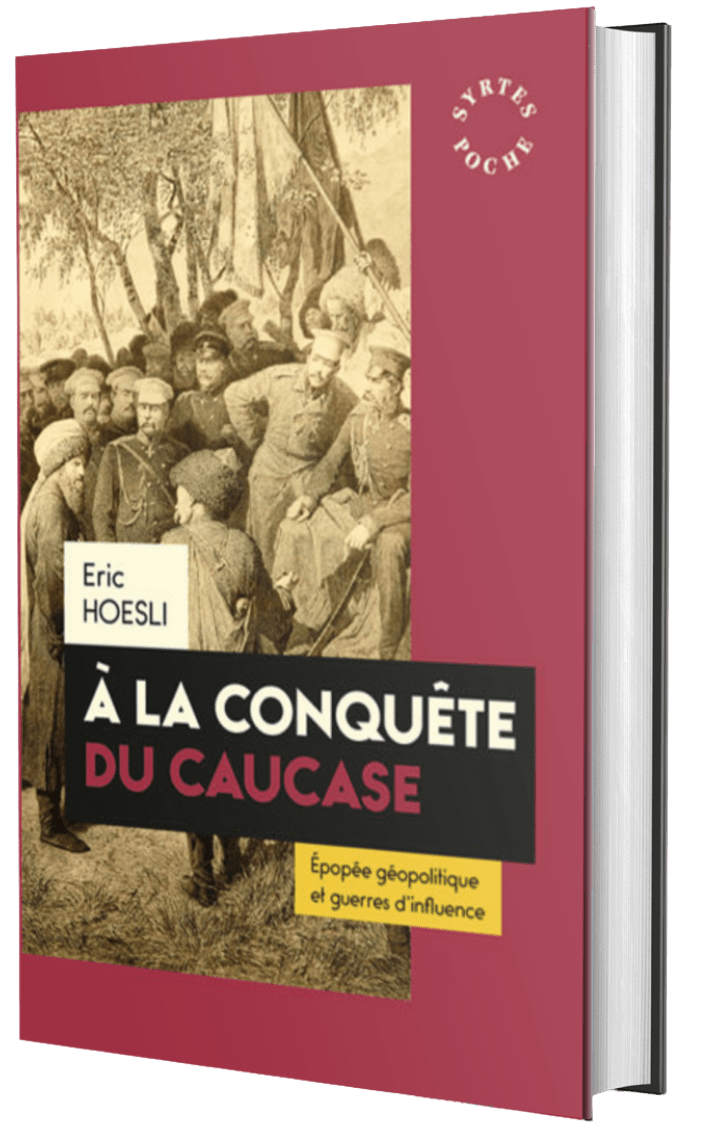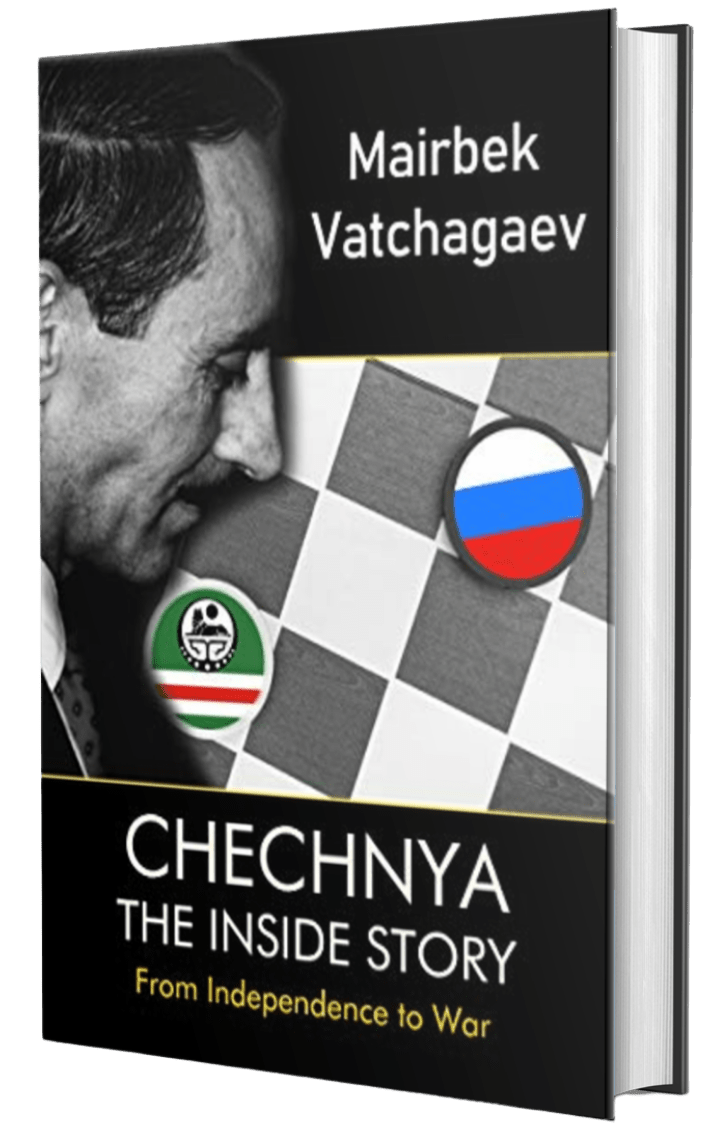The punished People
The deportation and fate of Soviet minorities at the end of the Second World War
Par Nekrich Aleksandr
Nous ne sommes pas les vendeurs de ce produit, ce lien vous redirige vers
un des sites sur lesquels il vous est possible d’acquérir cet ouvrage.
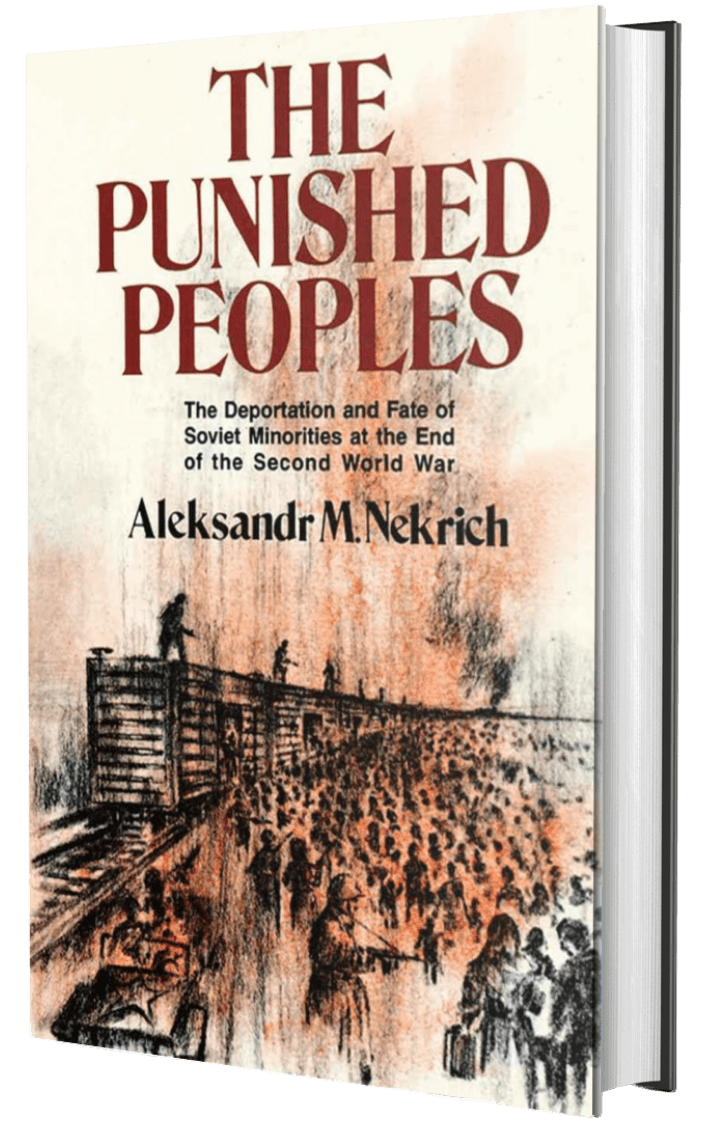
à propos du livre
Ce livre, écrit en Union soviétique et s’appuyant sur des entretiens personnels ainsi que sur des preuves documentaires, répond à ces questions tout en racontant l’histoire tragique des peuples punis.
The Situation in the Northern Caucasus, and German Occupation Policies
[…]
The Chechen-Ingush ASSR
Checheno-lngushetia passed through several stages before December 1936, when it was finally transformed from an autonomous region into an autonomous republic. In 1939 its territory was inhabited by the following nationalities:
Chechens – 368 10. or 50 percent of the total population of the ASSR
Ingush – 56 500 or 7,8 percent
Russians – 258 200, or 34,8 percent
Ukrainians – 10 100 or 1,14 percent
Armenians – 8 600 or 1,2 percent
The great bulk of the native (Chechen-lngush) population lived in the rural areas. The working-class layer remained quite thin until the early I930s and even by the beginning ofthe war had not greatly increased. According to official information, in 1937 there was a total of 5,535 Chechen and Ingush employees in the factories of Grozny, the capital of Checheno-lngushetia.
Collectivization undermined but did not destroy the age-old way of life in Chechnia.
Under the particular conditions in Chechnia-which had a clan system of kinship (the teipa) and a system of land tenure based on common clan ownership, and where, among a certain part of the rural population, the distribution of land continued to be based
on the principle of descent from either free peasants (uzdenei) or slaves (lai) – the policy of wholesale forced collectivization provoked resistance from the population. In turn, the authorities applied greater and greater pressure, with the result that conflicts became so greatly intensified that it probably would have taken many years to iron things out.
Contenu
CHAPITRE I. THE CRIMEA UNDER NAZI OCCUPATION, AND THE CRIMEAN TATARS
CHAPITRE II. THE SITUATION IN THE NORTHERN CAUCASUS, AND GERMAN OCCUPATION POLICIES
- The Karachai autonomus region
- The Chechen-Ingush ASSR
- The Kabardino-Balkar ASSR
CHAPITRE III. WHAT HAPPENED IN THE KALMYK ASSR
CHAPITRE IV. THE SPECIAL SETTLEMENTS
CHAPITRE V. THE RETURN OF THE PUNISHED PEOPLES TO THE NORTHERN CAUCASUS AND KALMYKIA
- The restoration of the Karachai autonomous oblast
- Restoration of the Kabardino-Balkar ASSR
- The Kalmyk ASSR
- Restoration of the Chechen-Ingush ASSR
